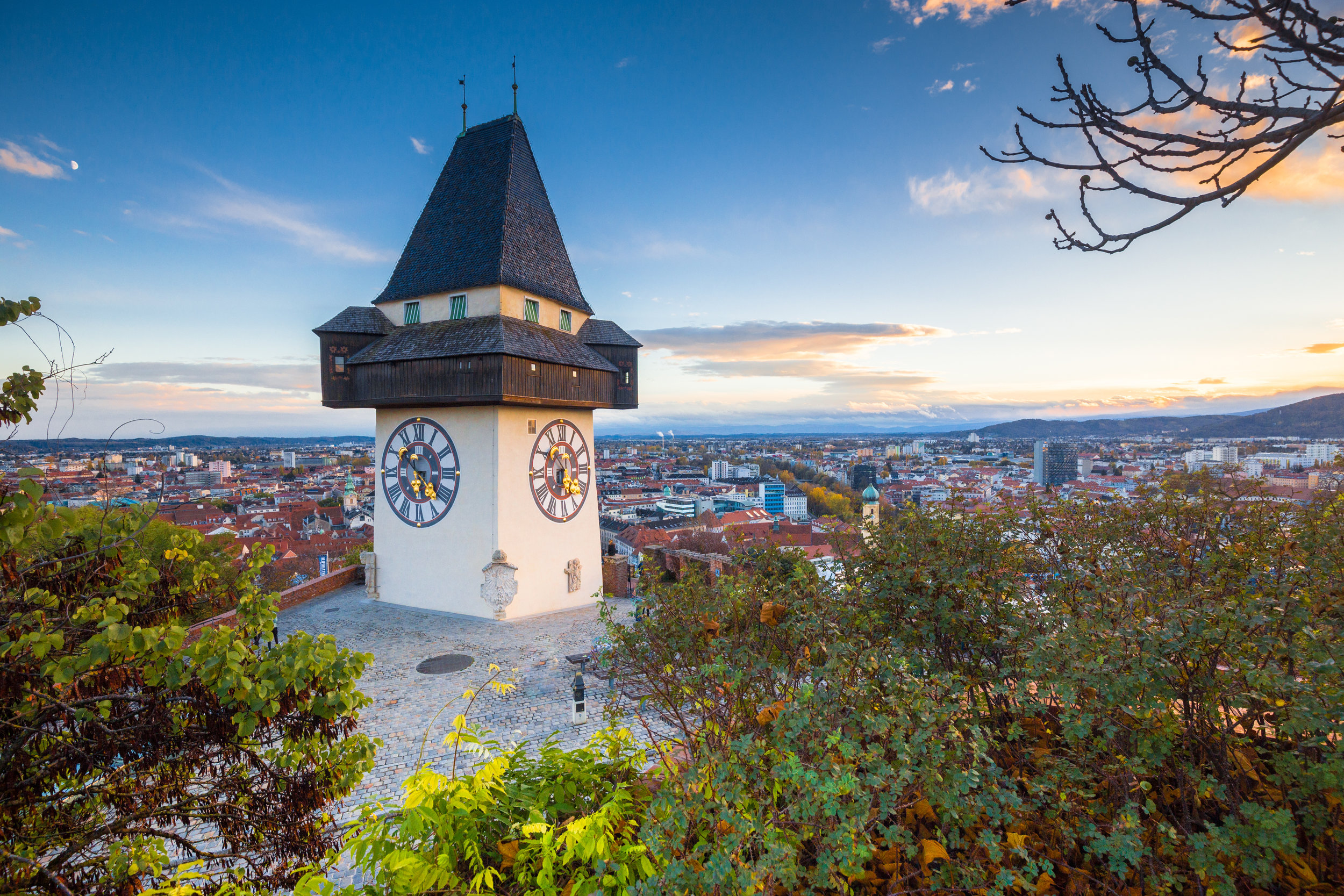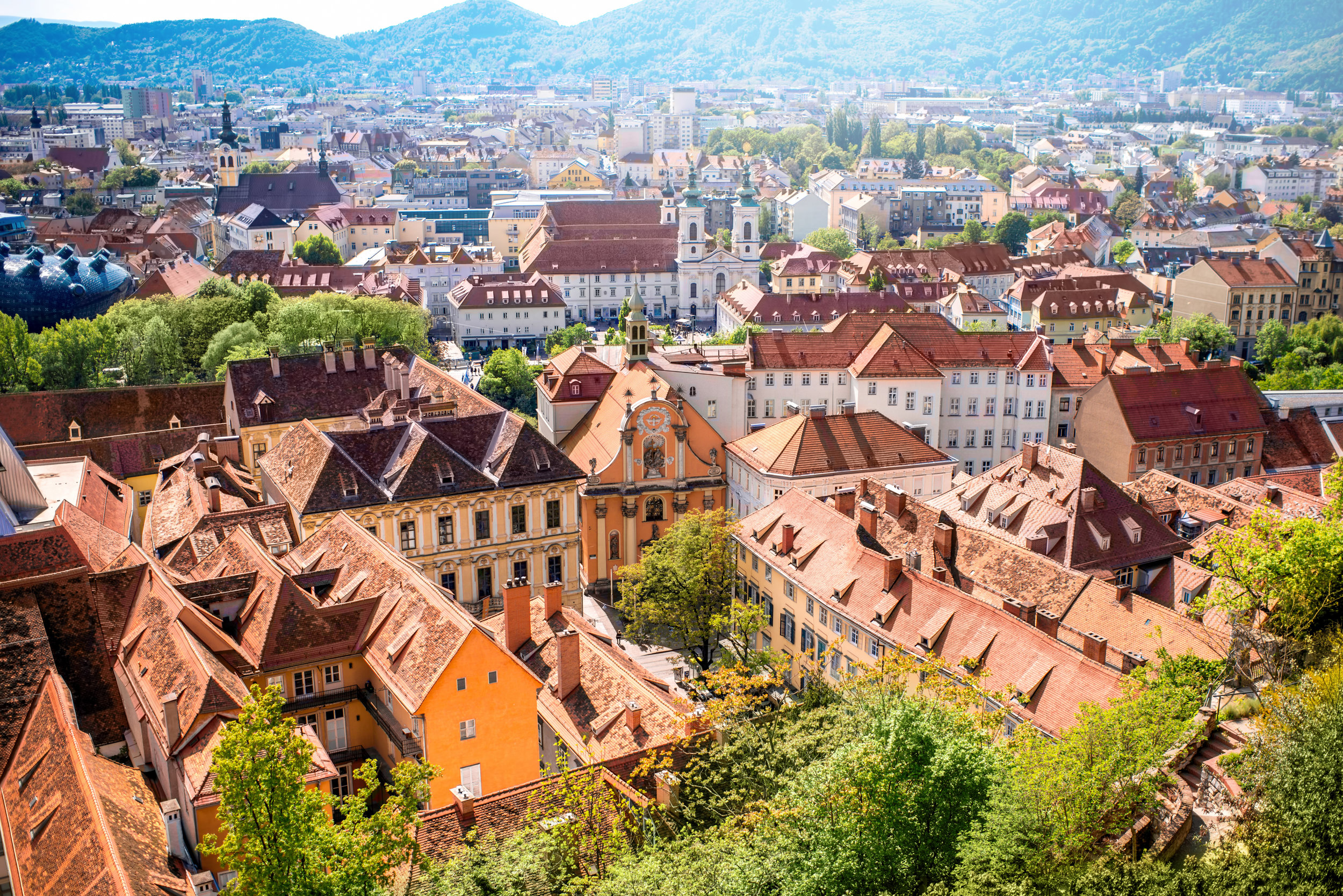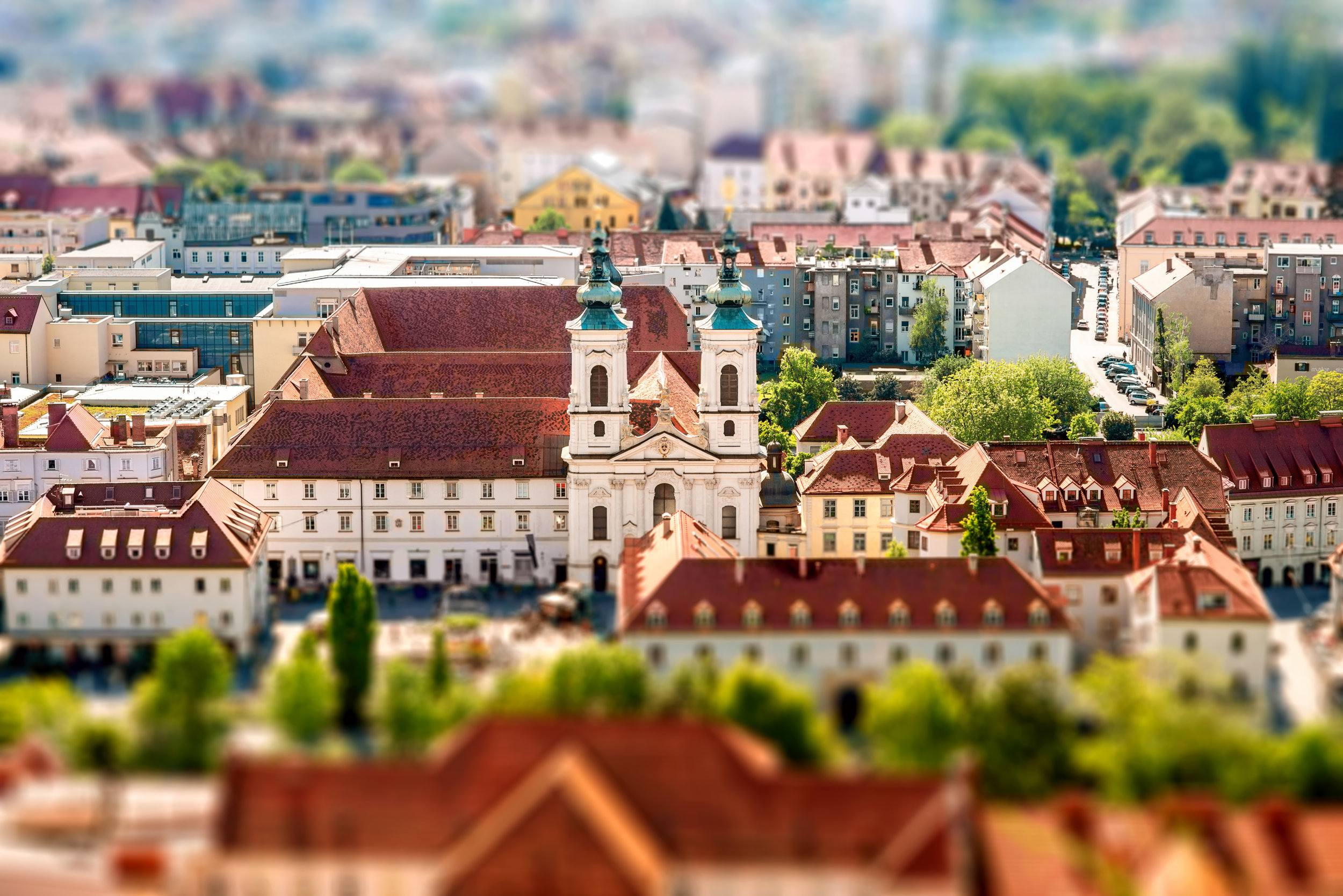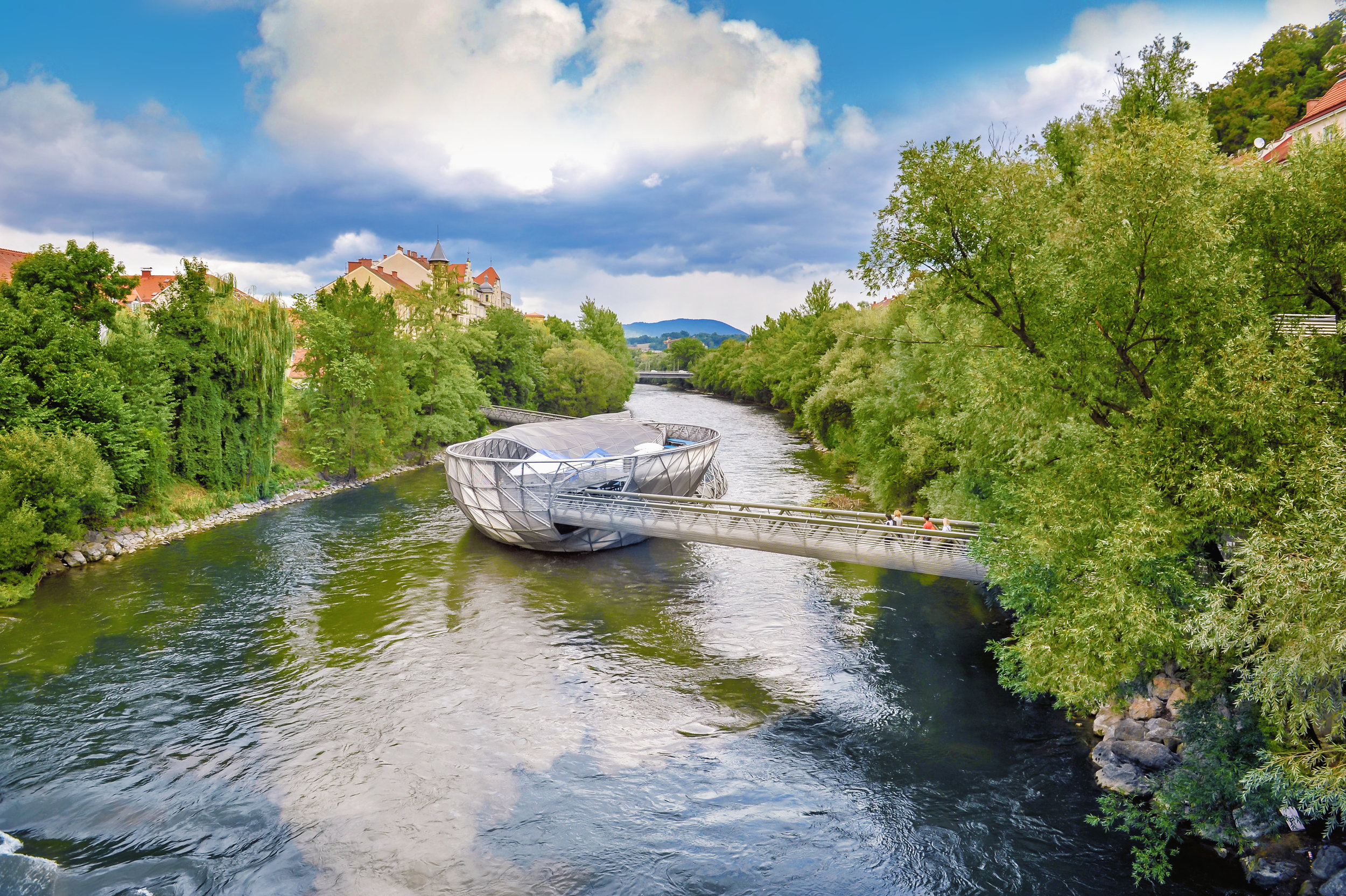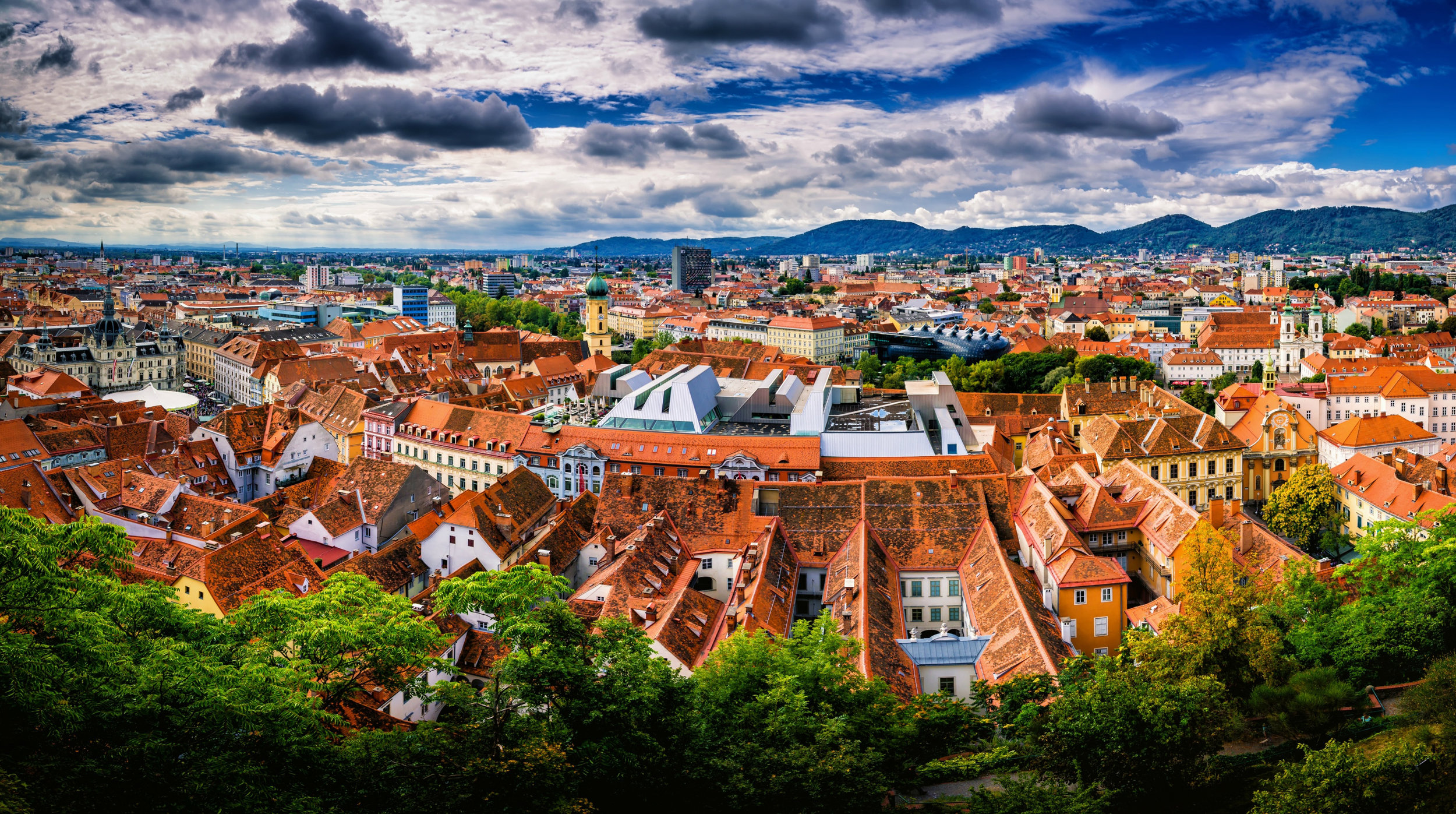Reformed Church of Szentgyörgyvölgy
/Among the Reformed churches with painted coffered ceilings in Hungary, the church of Szentgyörgyvölgy.
The Reformed people of Szentgyörgyvölgy temporarily built a mud-walled house of worship as early as 1762, then II. Taking advantage of Joseph's leniency decree, the construction of a brick church was also planned.
This - then without a tower - was erected in 1787 in such a hurry that the carpenters were said to have carved the beams from the logs brought from the forest on the cart so that by the time the permit was revoked, they would be ready for everything.
Its tower was erected in 1792-93, until then a small wooden belfry stood next to the building. The church bears the marks of folk baroque style.
The walls and the tower consumed the money of the ecclesia, and it took many years for the materials needed for the interior furnishings and ceilings to be collected. Moreover, in 1805 - to this day it is not known why; probably due to the hasty foundation - the church wall was cracked, the beam holding the choir was broken. Due to lack of funds, the repair took until 1820.
On the south side of the interior of the church rises the crowned pulpit, on the other sides a porch resting on wooden pillars was built. The ceiling was assembled from 88 wooden cassettes.
The rectangular boards are decorated with lamb cloud motifs in the sky. The porch was built on three sides; its parapet consists of 20 cassettes with folk carved slats at the edges. The bottom of the galleries is also cassette-shaped (37 cassettes).
At the bottom of the galleries, we can see blue, white, black floral and star ornaments reminiscent of embroidery patterns (these are less worn and faded than the colours of the parapet and ceiling). Some panels on the parapet are carved, others are adorned with painted geometric patterns. The painting of the wooden columns mimics the pattern of the columns laid out of stone.
The gallery can be reached by a wooden staircase at its eastern and western ends. In the centre of the ceiling, on two panels, is a motif different from the other cassettes: around the flower symbolizing the Sun, the inscription: “This place is none other than the house of God, and the gate of Heaven. (Genesis 28:17). How loving are thy tabernacles, O Lord of hosts. Sat LXXXIV Sold 25 v. ”
The central big star, the biblical quotations are written around it, and the subsequent beaded decoration is surrounded by a wreath of pearl flowers. Ribbon drifts on the wreath.
The inscription on the visible sections of the tape reads: “In 1829, Officer. Scientist István Hajas painted András Patkó in his Preaching ”. At the tower end of the ceiling, in one of the cassettes on the south corner, is the name of the carpenters. Above the two exits, another large star can be seen.
The pulpit contrasts with the simple interior image with its dark brown colour and baroque shape. It consists of two parts: the actual pulpit and the crown are both carved and painted. The lower edge of the crown was sawn out of plank; it hangs bell-like ornaments.


























